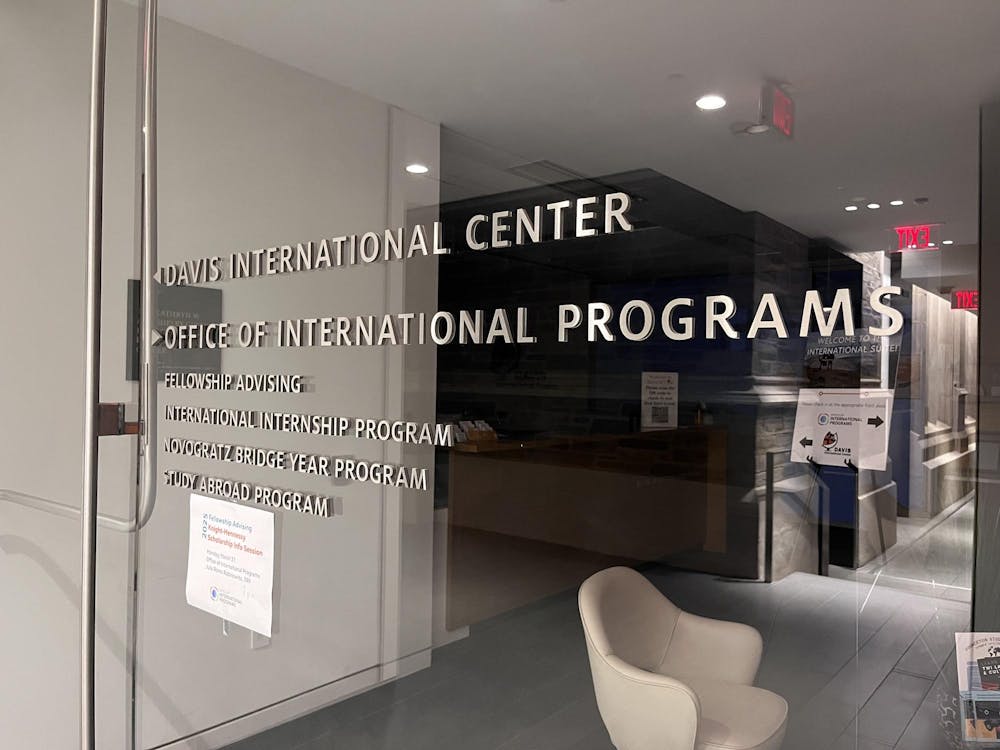Stuart Rojstaczer and Christopher Healy, the study’s authors, also collected data on GPAs from 80 four-year colleges and universities from the 1930s to the present. They found that the average GPA rose at roughly the same rate at private and public universities until the 1950s. While public universities did inflate grades, the average GPA rose at a faster rate at private universities.
The authors concluded that GPAs at private institutions increased more quickly by comparing the grades of students at both public and private institutions who had received the same SAT scores prior to admission at their respective schools.
Princeton’s average GPA in 2008 was 3.28, up from 2.83 in 1969 and down from 3.35 in 2004, according to the study. The University instituted a policy of grade deflation in 2004.
In the 2008-09 academic year, A’s accounted for 39.7 percent of all grades given out in undergraduate courses at the University, down from 47.9 percent in 2002-03. In the humanities, A’s made up 44.1 percent of grades between 2006 and 2009, compared to 55.6 percent for the period between 2001 and 2004. In engineering, the percentage of A’s fell from 50.2 percent to 41.7 percent in the same time period.
Rojstaczer and Healy theorized that the GPA gap between public and private institutions explains why alumni of private colleges are over-represented in the nation’s top graduate programs, as admission officers are deceived by inflated grades.
The study also found differences in grading standards by discipline going back four decades. On average, science departments grade 0.4 point lower than humanities, and 0.2 point lower than social sciences. Rojstaczer and Healy argue that this difference in grading standards precludes many American students from pursuing the sciences, resulting in an increased number of international graduate students and employees in these fields.
Students at the University said they were not surprised at the results.
“The general finding doesn’t surprise me, but the degree of difference between private and public university GPAs was unexpectedly large,” USG academics chair Rebecca Lee ’12 said in an e-mail.

“The fact that Princeton instituted grade deflation means that they recognized that private colleges do historically have higher GPAs than public institutions,” Rina Amatya ’13 said. “Why try to solve a problem if there isn’t one?”
Travis Henry ’13 also said he was not surprised. “I could see it being something that the private colleges would be trying to do to become more competitive,” he said.
Lee said she thought the findings might indicate a larger issue. “A GPA gap ... is a problem if it is the result of different sets of standards being applied to each type of school’s students.”








